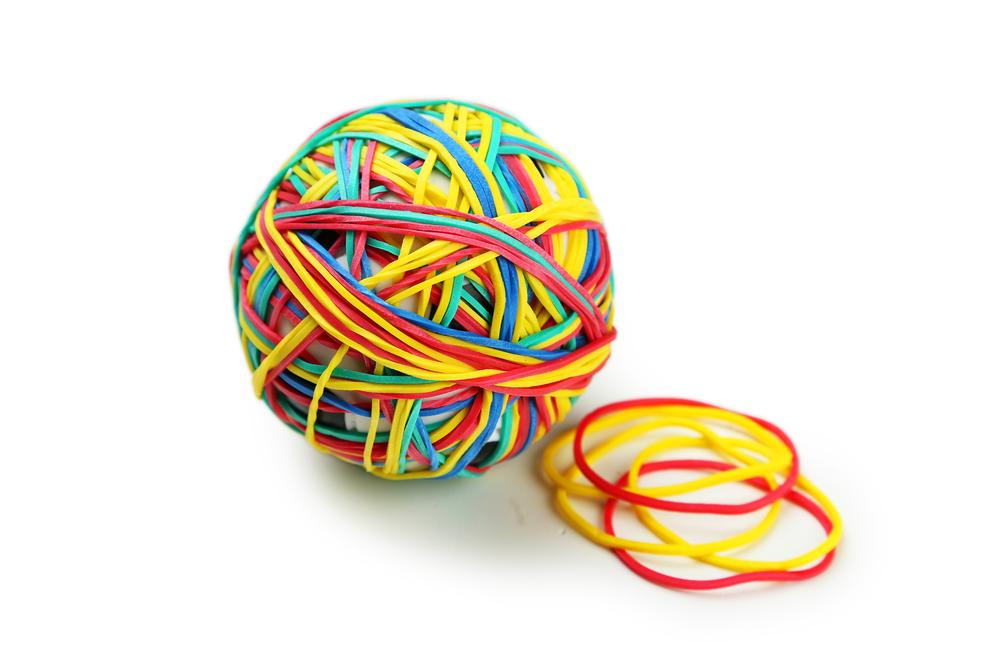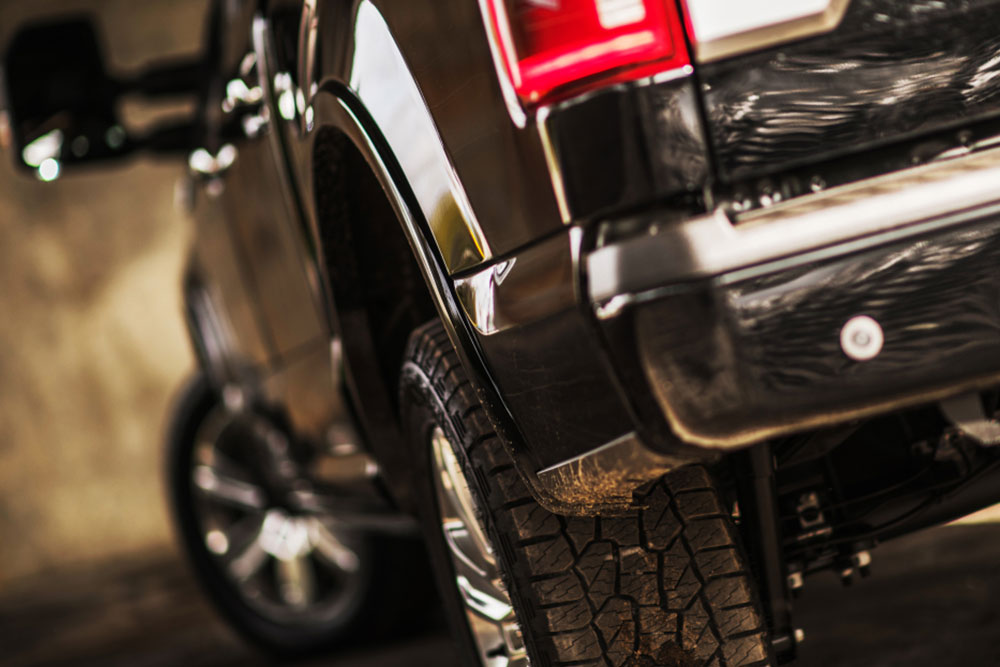The Ultimate Guide to Selecting High-Quality Rubber Bands for Every Use
Learn how to select high-quality rubber bands for various applications with this comprehensive guide. Understand material composition, size parameters, and usage tips to choose durable, elastic, and safe rubber bands tailored to your needs, whether for office, industrial, or personal use. This detailed article helps you make informed purchasing decisions for long-lasting and reliable rubber bands.

The Ultimate Guide to Selecting High-Quality Rubber Bands for Every Use
Rubber bands are ubiquitous tools widely used in offices, schools, households, and even industrial settings. They serve a multitude of purposes — from securing items, bundling supplies, to creative crafts. Choosing the right rubber band is essential to ensure efficiency, durability, and safety. Whether you need a band for frequent reuse or a single quick task, understanding the factors that influence their quality and performance is crucial.
In this comprehensive guide, we will explore everything you need to know about selecting the perfect rubber bands. From material composition and size considerations to their intended applications, this article aims to equip you with expert knowledge for making informed purchasing decisions. Discover how to choose rubber bands that blend strength, flexibility, and cost-efficiency to meet your specific needs.
Rubber bands might seem simple, but their performance depends heavily on the material quality and design. Not all rubber bands are created equal; variations in rubber content, width, and length significantly affect their elasticity, strength, and lifespan. Whether you require an everyday office supply or specialized bands for industrial machinery, selecting the appropriate type is key to maximizing utility and safety.
Understanding the composition of rubber bands can help you determine their suitability for different tasks. Many rubber bands contain fillers that can alter their elasticity and durability. Higher rubber content generally translates into better resilience, allowing for multiple reuses, easier stretching, and firmer grip. Conversely, bands with lower rubber content tend to be less elastic but may provide tighter securing options for certain applications. Additionally, the availability of latex-free options makes these versatile tools suitable for sensitive environments like hospitals or for users with latex allergies.
The size and dimensions of rubber bands play a vital role in their effectiveness. Thickness and width influence their strength, while length determines how much stretch they can handle. Narrower, thinner bands are easier to handle and gentle on delicate items, making them ideal for light tasks. Longer bands, while harder to stretch, offer a tighter wrap and are better suited for bulk bundling or securing larger items. Accurate measurement is essential — use a string to measure the circumference if you’re unsure about size compatibility. This ensures a secure hold without over-stretching or snapping the band during use.
When selecting rubber bands, always match the size and rubber content to your specific needs. The sizing system is standardized, so a #64 rubber band from one brand will typically match another brand’s #64. Familiarity with these standards simplifies the selection process, helping you to purchase the most appropriate type for your projects — whether for daily office work, craft projects, or industrial applications.
In conclusion, investing time to understand the various factors influencing rubber band performance can save you money, time, and frustration. By considering material composition, size, and intended use, you can select high-quality rubber bands that meet your durability and flexibility needs. Opt for reputable brands and consider synthetic or latex-free options if allergies or environmental factors are a concern. Quality rubber bands are an underrated yet vital item in many settings, and choosing the right kind can significantly improve your efficiency and safety in a wide array of tasks.





